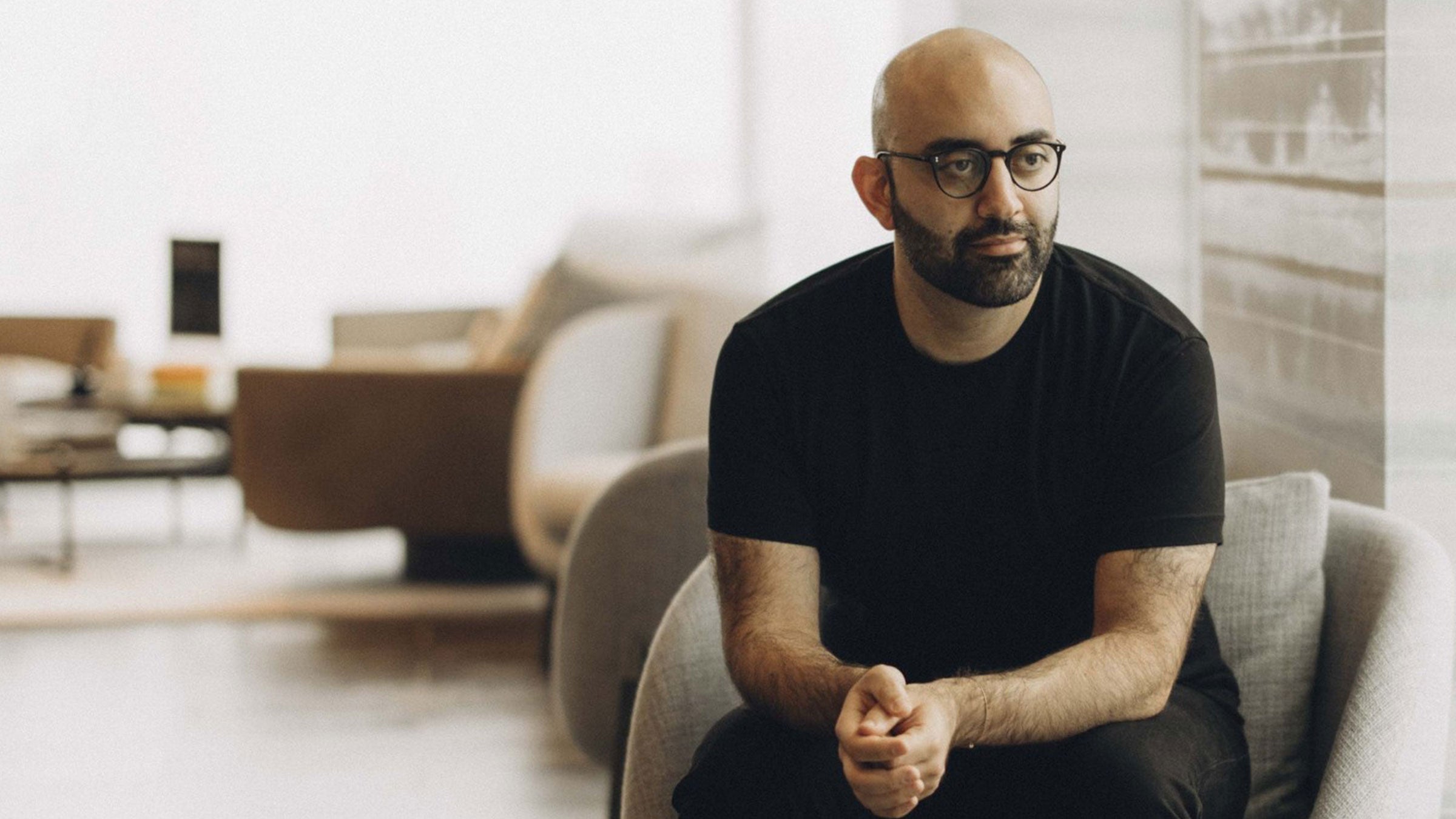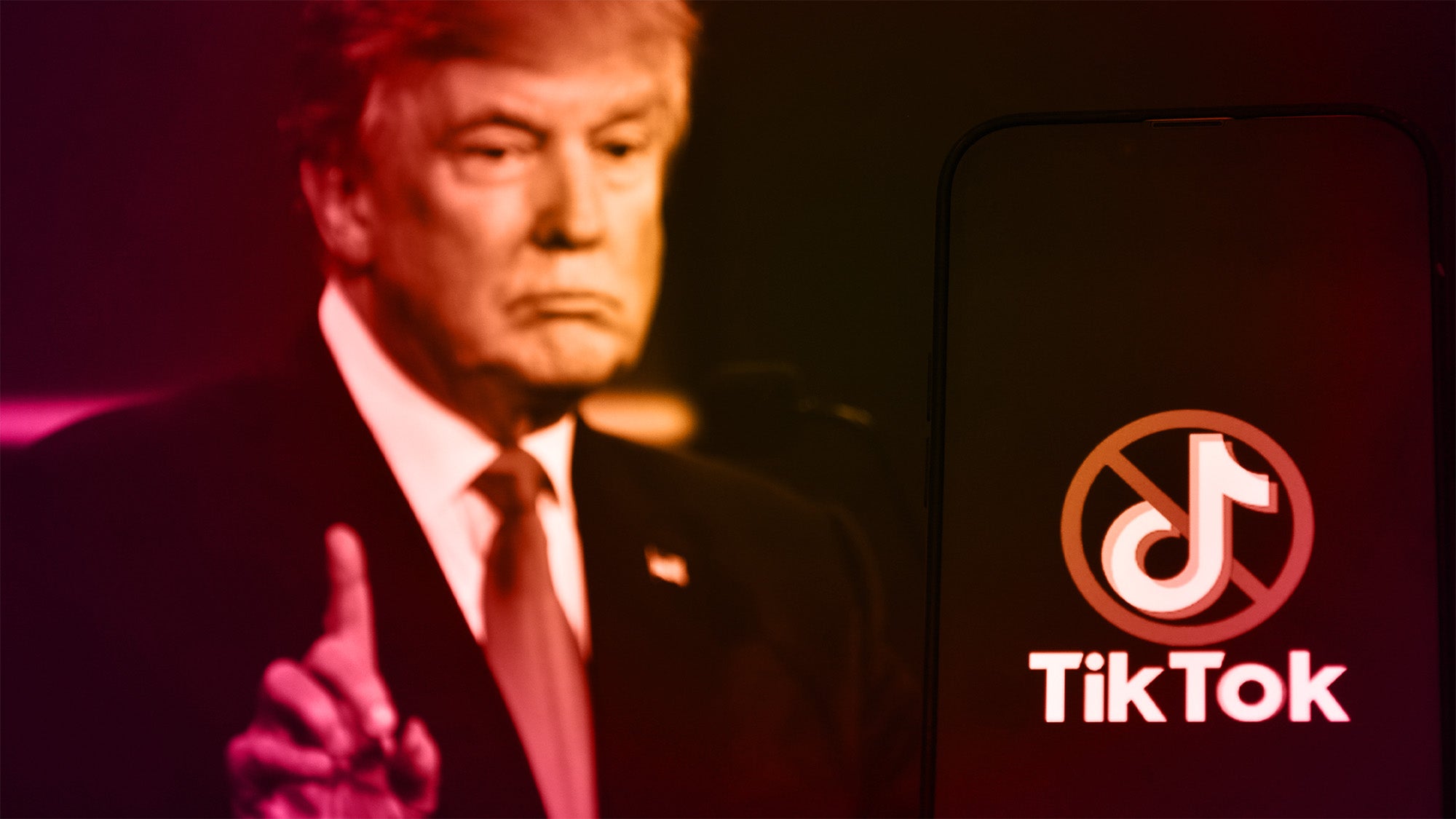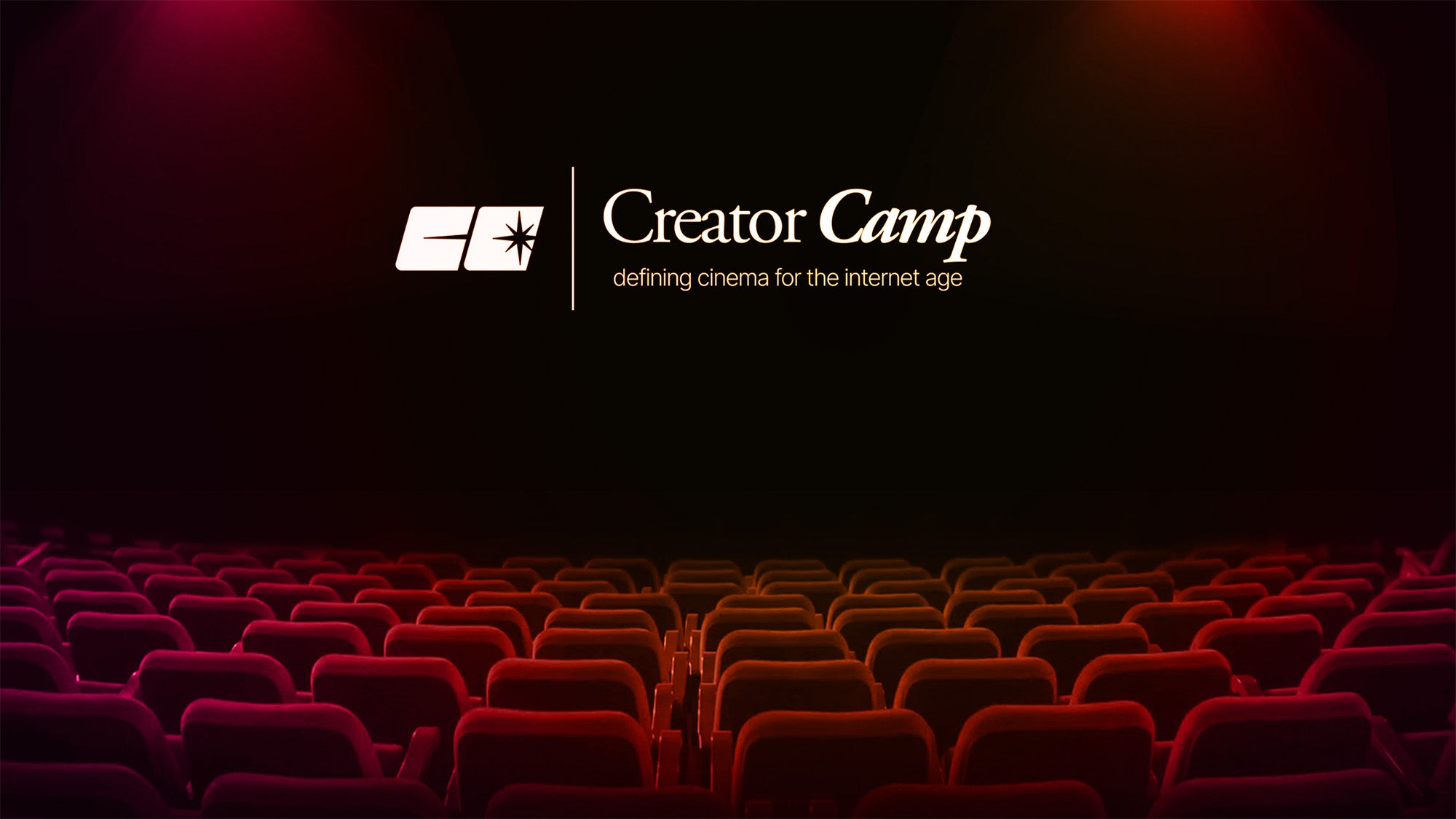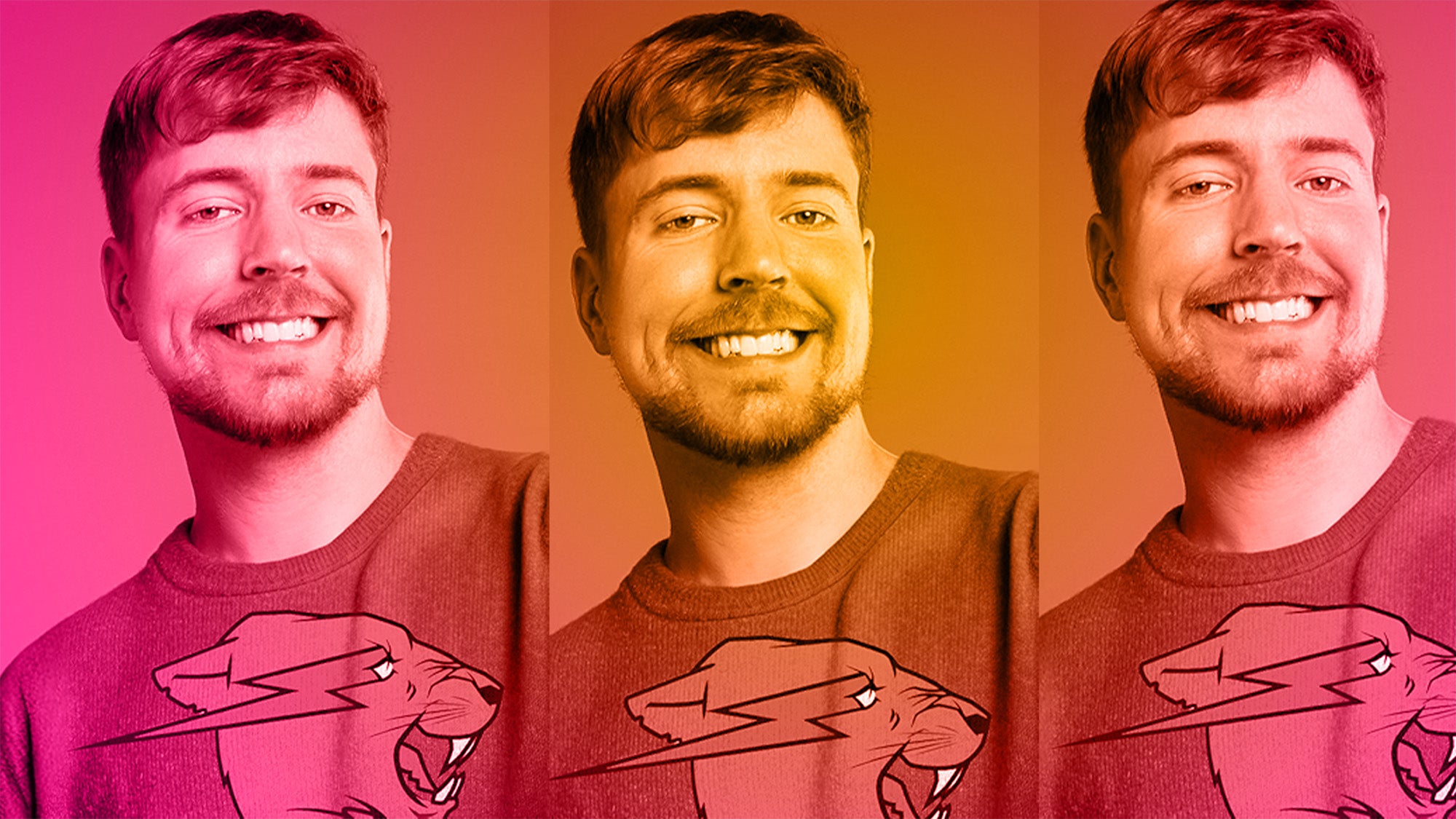
Last year, journalist Oliver Darcy left his prestigious perch as CNN’s senior media reporter to launch his own independent media company. His newsletter Status has become a must-read for media execs, powerful politicos, and business leaders. It has amassed nearly 80,000 subscribers by providing in-depth analysis of the media industry and breaking business news.
Thursday, Darcy is set to host his first-ever White House Correspondents’ Dinner weekend event in Washington, D.C.. The event, which will celebrate the First Amendment, is a significant step for Status, positioning it alongside the big established media businesses that traditionally host gatherings during the high-profile weekend.
Darcy chatted with Passionfruit about why he’s bringing his newsletter community into the IRL world, the media landscape under Trump, tips for aspiring creator journalists, and what consumers are looking for these days in creators.
Olive Darcy: The Passionfruit Interview
Oliver, what made you want to host a White House Correspondents’ Dinner party this year?
This is our first year in existence, we’ve been outspoken about our desire to do live events. We write the newsletter and cover a lot of these figures and interesting media personalities in print. But it’s really cool when you can get people together in one room.
As an independent outlet not owned by a corporation, we’re a pretty neutral spot to gather people from all corners of the industry. I’ve been working with Fish Shop Bar & Restaurant, they’re sponsoring the event.
Why is the theme of your party the First Amendment?
I think everyone is very aware of the shadow that Donald Trump has cast over D.C.. It certainly feels like a chill in the air because of Trump and the attacks he’s leveled against the fourth estate. We wanted to bring people together to celebrate the First Amendment.
Has Trump’s focus on independent creators helped you at all? He’s really mainstreamed this shift in media that’s been happening.
I think Donald Trump has been pretty terrible for independent creators. Unless you’re aligned with him and he’s boosting you, I guess.
There’s been a lot of economic uncertainty, and uncertainty certainly doesn’t help subscription-based businesses. People wonder whether they’re going to have a job tomorrow, or that the economy is going to go into a recession, and they start to evaluate their subscriptions and purchases.
The constant threat of lawsuits from figures like Elon Musk, Bill Ackman, or some of these other MAGA type figures has made it very difficult, I think, for independent journalists who want to do reporting to operate. You now need a sizable amount of defamation insurance, and that’s very expensive. It’s hard to get. And even if you have it, you don’t really want to be sued by some of these people.
What about on the Democrat side or the general public? It does seem like the creator industry has become more mainstream since the election.
I think that there’s certainly a warming up to talking to creators and talking to independent outlets, and not just going to the New York Times, The Washington Post, and CNN. I definitely think that’s happening.
But I also think it’s just a recognition from everyone that the media landscape is changing very fast. Digital creators have a huge audience and an influential audience, and people want to reach those people.
These people [in politics] want to reach the decision makers, so they still come to us. But, you know, I wonder if 10 years ago, whether that would be the case. I do think that big brand names don’t matter as much as they did. Maybe Trump has played some role in that.
But I really think that people are just opening their eyes and saying that we don’t live in 1995 anymore. There are more options than just going on broadcast television and going to the big three newspapers.
In terms of written content, it seems like more newsletter publishers are transforming into multi-platform creators. Are you feeling that shift, and does Status plan to expand into more multimedia formats?
There are so many different types of creators. That word is just so general. I think I’m a creator, because I create content every single day in a newsletter form and soon in a podcast form. But I think what separates us a little bit from the other content creators is that we’re also doing reporting, and reporting is central to Status’ brand.
But we’re going to shoot [the podcast] for YouTube and publish it to major platforms. I’m going to co-host it with Jon Passantino [former CNN media editor] who we brought on earlier this year. It’ll be a weekly show covering the media and how power moves. We want to cover how power and information flow across the country and the world.

Do you think that creators, like newsletter writers, who focus on written words need to expand into video content?
If you think about back in the day, Facebook would be a huge distribution pipe for new outlets. It would provide a fire hose of traffic that is obviously long gone. And then you think about Google SEO traffic, and those pipes are being shut off with AI coming.
If you’re a smaller publisher, Google just doesn’t even consider you worthy of placements on their ranking services. Everyone will rewrite our story, and Google will give the aggregated version from a more established outlet all the SEO traffic.
So, if you’re a smaller creator, you don’t have Google, you don’t have Facebook, you don’t really have Twitter. Threads is this strange place right now. You have BlueSky, but that’s very small in terms of moving traffic.
I think that one of the main funnels that’s left to independent creators is really video, because the video algorithms are still pushing content to new audiences that might not see you otherwise.
So you really do need to be playing on video, whether it’s Instagram Reels, or TikTok, or YouTube. That is where you’re going to be discovered, you’re not going to get discovered in Google Search.
If you’re a news outlet, you can get attention by breaking news. I think we’ve been good at that in our first seven or eight months. But we want to reach a lot of new audiences.
There are millions and millions of people in this country that we think would be very interested in the type of reporting that we do. So we’re thinking, how can we reach these people? What are the distribution pipes that are available to us? And they are all video-based at this point.
What trends do you see in media consumption and the creator economy more broadly? It seems like people are starting to care more about who they’re following and supporting.
When I spend my subscription dollars, I’m really proud to support certain people that I feel like are doing either good work, but also being ethical in the way they do their work, and are very transparent about their values.
We try to reflect our ethos and values in our business. We’re not on X because we’re not going to be giving Elon Musk free content and becoming part of his MAGA swamp. The interesting creators right now are the ones that are fusing what they’re doing as a business with their personal ethos. I think people are actually hungry to support those types of creators and those types of businesses.
It’s almost like when everyone got very conscious of where their food is made and how it’s made. There’s something happening in the media space right now where people are like, wait a second, I want to know, [where this came from]. I want to support a company that grows its media stories in an organic way. I think that’s happening now, and no one wants to be the Tyson chicken of media.




